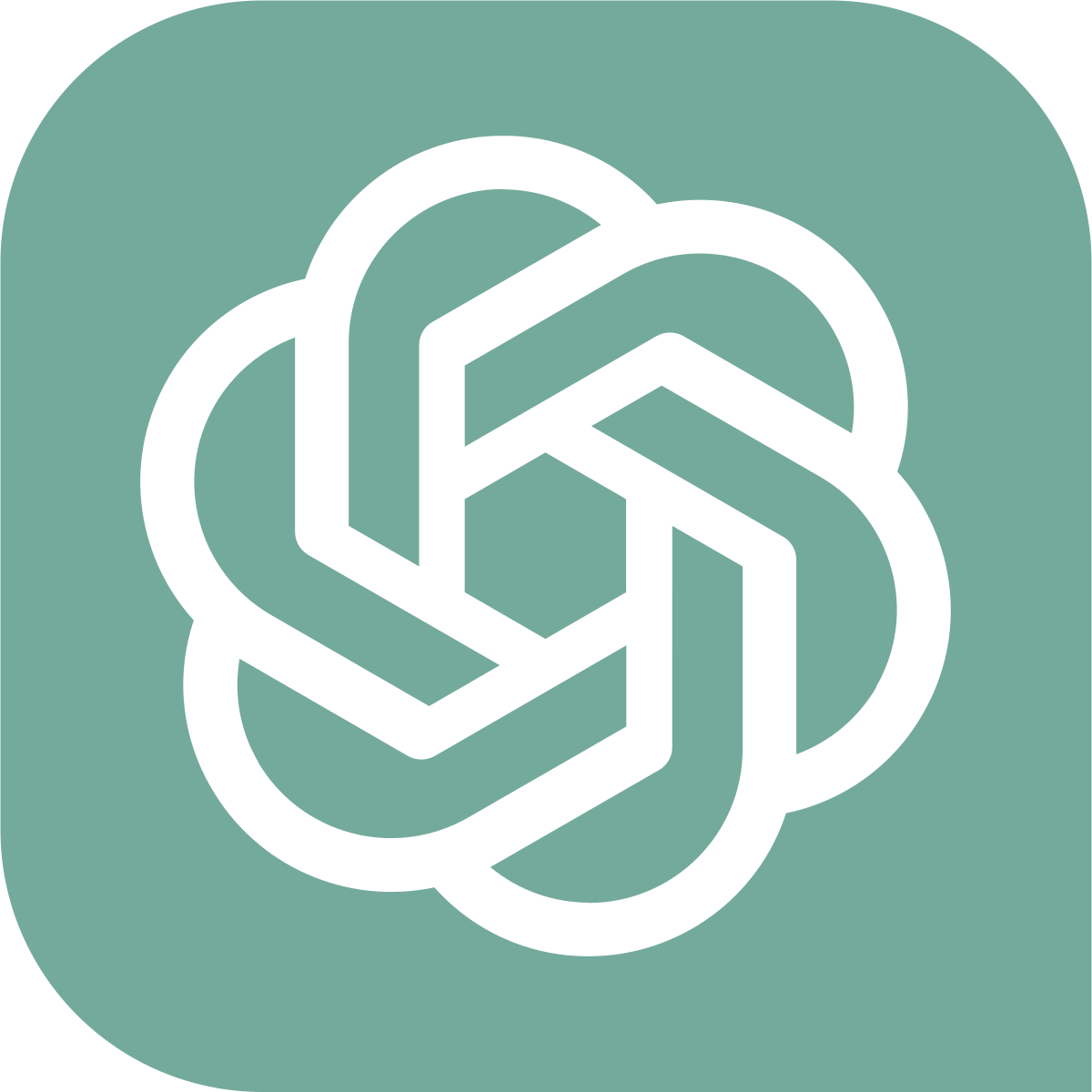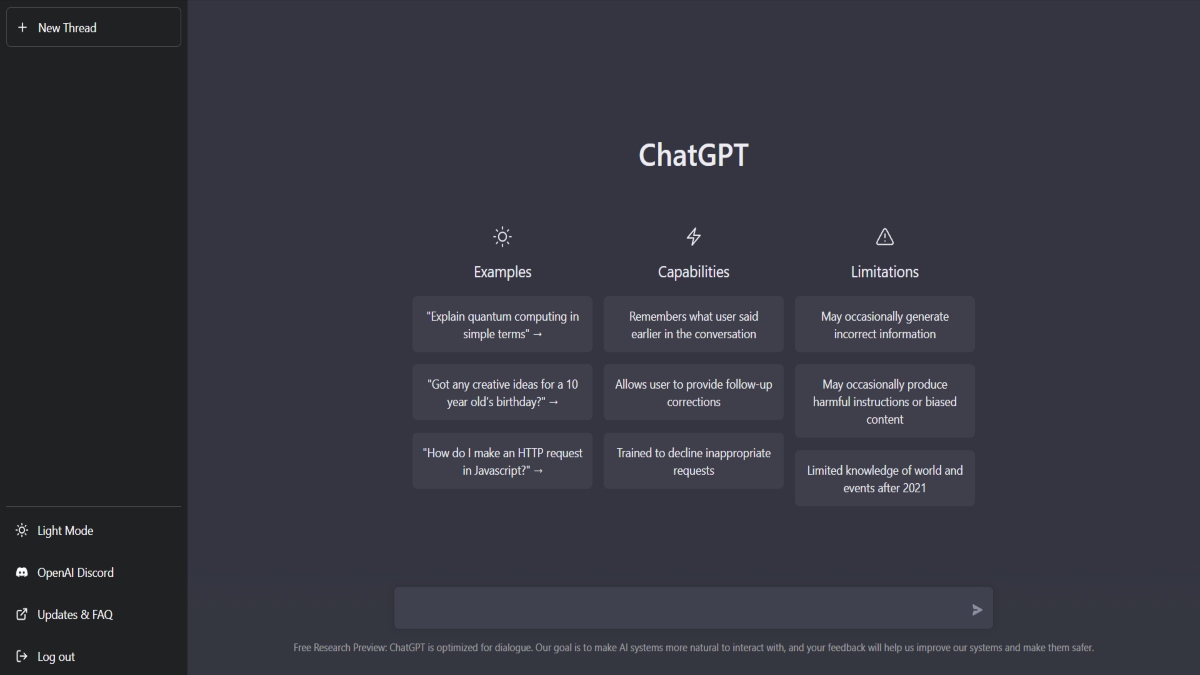ChatGPT is an advanced AI language model developed by OpenAI. Using machine learning and natural language processing, it has been trained on a wide variety of internet text. However, it should be noted that while Chat AI GPT can generate relevant, engaging, and often remarkably human-like text, it doesn’t understand text in the same way humans do. It doesn’t know facts, beliefs, or values—it simply predicts what text should come next given its input. It’s this capacity, though, that makes it a unique tool for creative endeavors like poetry writing.
Composing Poetry with ChatGPT
Step 1: Establish Your Theme
The first step in writing any poem is to determine its theme. The theme is the main idea or underlying message that you want your poem to convey. It could be anything from love, nature, and friendship to more complex themes like existentialism, identity, or social issues. Once you have identified your theme, articulate it in a clear sentence.
Step 2: Feed Your Theme to ChatGPT
Start a conversation with ChatGPT, typing your theme into the input field. For example, if your theme is ‘The beauty of nature,’ you might start with something like, “Let’s write a poem about the beauty of nature.”
Step 3: Provide Guidance
Next, you need to guide ChatGPT towards your desired style and structure. You can specify whether you want your poem to rhyme, the type of rhyme scheme you prefer, and the desired tone. For instance, you could input, “I would like this poem to be a sonnet with an ABAB rhyme scheme, and I want it to have a serene, contemplative tone.”
Step 4: Collaborate with the AI
Now it’s time to compose the poem. You can begin the first line yourself or let ChatGPT generate it. Then, respond to each subsequent line until the poem is complete. Don’t hesitate to edit or reject suggestions from ChatGPT that don’t fit your vision.
Step 5: Refinement
Once your poem is written, read through it and refine the language. You can again collaborate with ChatGPT to find alternative phrases, metaphors, or words that better capture the essence of your theme or align more closely with your poetic vision. Remember, ChatGPT is your tool and collaborator—you have the final say.
Read Also: How to Write Songs with Chat GPT: A Step-by-Step Guide
Frequently Asked Questions
While ChatGPT can generate remarkably creative content, the output isn’t strictly ‘original’ in the human sense. The AI model doesn’t have beliefs, thoughts, or ideas—it generates text based on patterns and structures it has learned during its training on vast amounts of internet text.
ChatGPT does not understand or perceive emotions like humans do. It can generate text that seems emotionally perceptive, but this is a result of its training rather than an intrinsic ability to empathize.
Yes, you can publish a poem written with ChatGPT. However, consider the collaboration process. Make sure your input and creative direction are significant, ensuring that the final poem represents your unique vision and creativity.
Yes, ChatGPT can occasionally make errors, such as generating text that doesn’t make sense, following incorrect grammar, or misunderstanding complex instructions. It’s part of your role as the human collaborator to correct these mistakes during the editing process.
Conclusion
ChatGPT is a potent tool for creative writing. It can help you push your creative boundaries and explore new poetic ideas. Whether you’re a seasoned poet or a beginner, ChatGPT can add value to your creative process. However, remember that it is a tool—it’s your creativity and vision that breathe life into words. Happy writing!
Read Also: ChatGPT as a tool to encourage and facilitate creative thinking

